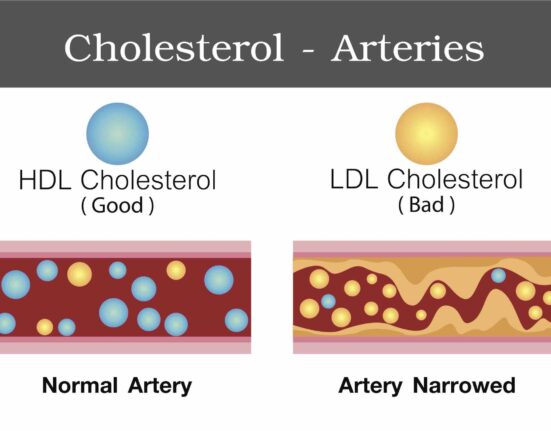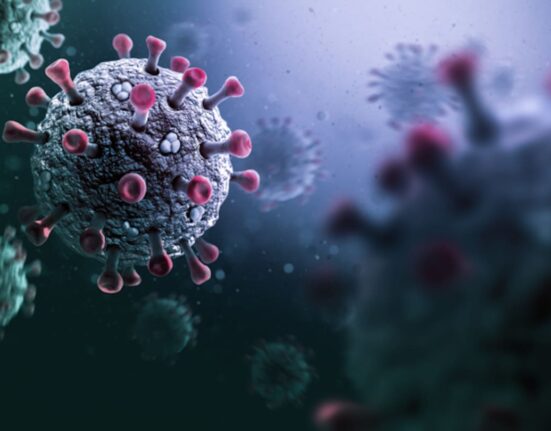—
High Levels of Crucial Enzyme in Seriously Ill Patients
Imagine being struck down by a common flu or Covid, and your body fights back with everything it has. But for some unlucky individuals, their immune systems go into overdrive, attacking not just the virus but also healthy tissues. What if there was a hidden player in this deadly drama?
In a groundbreaking discovery led by Australian researchers, a team delved deep into the blood of patients battling severe seasonal influenza, Covid, and RSV. Their quest led them to a tiny but mighty enzyme called oleoyl-ACP-hydrolase (Olah). This unassuming enzyme turned out to be elevated to alarming levels in the sickest patients – even those who tragically lost their lives.
The Role of Oleoyl-ACP-Hydrolase in Disease
Dr. Katherine Kedzierska, a viral immunologist at the University of Melbourne’s Doherty Institute and leader of this revelatory study, shed light on Olah’s significance. This enzyme is no ordinary biochemical compound; it plays a pivotal role in synthesizing fatty acids essential for cell membranes and energy storage within our bodies.
Kedzierska explained, “Everyone’s got low levels of Olah…But in some patients who develop life-threatening disease, Olah is produced at substantially higher levels.” This abnormal surge hints at a potential link between Olah and the severity of infectious diseases like flu and Covid.
The Mouse Experiment: Unveiling Olah’s Impact
To further unravel Olah’s mysterious influence, Dr. Brendon Chua stepped in with an intriguing experiment involving genetically modified mice lacking the Olah enzyme. The results were astonishing – these special rodents exhibited milder viral infections, reduced lung inflammation, and increased survival rates compared to their Olah-producing counterparts.
Chua’s findings hinted at Olah potentially triggering macrophages – white blood cells crucial for combating pathogens. However, when excessively activated by high Olah levels during an infection, these same macrophages could unleash detrimental inflammation responses that worsen the patient’s condition.
Potential Implications and Future Directions
The research team’s discoveries didn’t end there; they took their findings to new heights by proposing that monitoring Olah levels could serve as an early warning system for identifying patients at risk of severe illness from respiratory viruses.
Renowned experts like Prof. Peter Openshaw from Imperial College London hailed the study as “interesting and exciting science,” emphasizing its contribution to understanding why certain individuals succumb to severe infections while others emerge unscathed.
However, as Prof. Allen Cheng from Monash University pointed out, there remain numerous unanswered questions surrounding how exactly lipids and macrophages interact with Olah during infectious diseases. These gaps pave the way for future investigations aiming to untangle this intricate web of molecular mechanisms driving human health outcomes.
In her unwavering pursuit of knowledge, Dr. Kedzierska shared her aspirations for forthcoming research endeavors focused on unveiling high-risk groups vulnerable to severe infections like pregnant women or individuals grappling with obesity-related conditions.
With cutting-edge diagnostic tools on the horizon aimed at swiftly detecting elevated Olah levels in hospitalized patients upon admission, medical professionals may soon gain a valuable edge in predicting disease severity early on – potentially altering treatment strategies and improving patient outcomes dramatically.
As we delve deeper into the microscopic realms shaping our health destinies with each scientific breakthrough like this one on Oleoyl-ACP-Hydrolase’s impact on infectious diseases’ course – we inch closer towards empowering our immune defenses against formidable adversaries lurking unseen within our midst.









Leave feedback about this